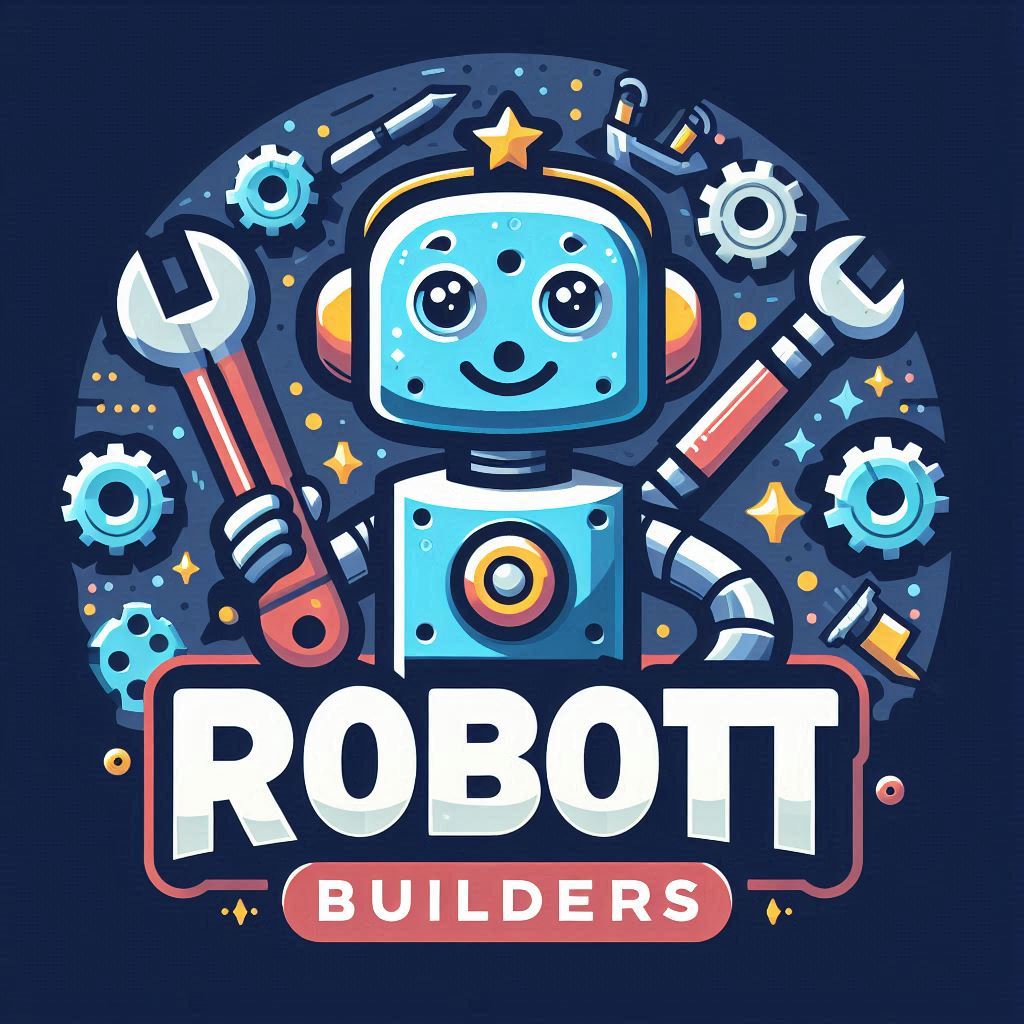Introduction
Product recommendation systems have become essential for industries like e-commerce, entertainment, and digital marketing. These systems personalize the user experience, increase sales, and improve customer satisfaction. By leveraging Artificial Intelligence (AI), businesses can craft smart recommendation tools that analyze user data and deliver tailored suggestions.
This guide provides a step-by-step approach to developing AI-powered product recommendation systems, using SEO best practices to improve visibility and engagement.

1. Understanding AI Product Recommendation Systems
AI-driven recommendation systems work by analyzing customer behavior, purchase history, and preferences to suggest products that align with individual interests. These systems offer:
- Personalized User Experiences – AI tailors suggestions to unique customer profiles.
- Improved Sales & Conversion Rates – AI identifies cross-sell and upsell opportunities.
- Dynamic Content Recommendations – AI adjusts based on real-time interactions.
- Reduced Search Efforts for Customers – AI simplifies product discovery.
AI-powered tools help businesses strengthen customer loyalty and drive revenue growth.
2. Selecting AI Technologies for Recommendation Systems
Developing effective AI recommendation tools requires the use of advanced frameworks and machine learning models.
Top AI Technologies for Product Recommendations
- TensorFlow & PyTorch – Machine learning frameworks for collaborative filtering and deep learning models.
- Scikit-learn – Tools for classification and regression-based recommendations.
- Google AI Recommendations AI – Pre-built AI solutions for e-commerce recommendation systems.
- Recommender Algorithms (Collaborative Filtering, Content-Based Filtering) – AI suggests items based on user similarity or product features.
- Natural Language Processing (NLP) – AI interprets customer reviews and textual data for sentiment analysis.
These technologies enable highly customized and scalable recommendation engines.
3. Preparing Data for Recommendation Systems
AI-powered recommendation models require clean, structured datasets to deliver accurate suggestions.
Sources of Data for AI Training
- Customer Purchase History – AI learns patterns from previous transactions.
- Product Metadata – AI identifies similarities in attributes like price, category, and brand.
- User Browsing Behavior – AI analyzes clicks, searches, and time spent on product pages.
- Ratings & Reviews – AI incorporates customer feedback for relevance.
Steps in Data Preprocessing for AI Models
- Data Cleaning – Remove redundant entries, missing values, and inconsistencies.
- Feature Engineering – Extract essential features like price range, brand preference, and item category.
- Standardizing Data Formats – Ensure uniformity across customer and product datasets.
- Handling Sparse Data – Address gaps in user-item interactions using matrix factorization or deep learning techniques.
Prepared datasets ensure accuracy in recommendations and improve user satisfaction.
4. Training AI Models for Product Recommendations
To create effective recommendation systems, AI models must be trained on user and product datasets using advanced techniques.
Common AI Techniques for Training
- Collaborative Filtering – AI predicts user preferences by finding similar users or items.
- Content-Based Filtering – AI suggests products with features similar to previously liked items.
- Hybrid Models – Combine collaborative and content-based filtering for improved recommendations.
- Deep Learning Approaches – AI captures complex patterns using neural networks.
- Reinforcement Learning for Dynamic Recommendations – AI adapts recommendations based on real-time customer feedback.
Properly trained AI models enhance personalization and relevancy of recommendations.
5. Deploying AI-Powered Recommendation Systems
Once trained, AI tools need to be integrated into platforms and systems for seamless delivery of recommendations.
Deployment Strategies
- E-commerce Platform Integration – AI recommendation engines suggest products on websites like Shopify, Amazon, or WooCommerce.
- API-Based Recommendation Services – AI connects with apps for personalized suggestions.
- Real-Time Recommendation Dashboards – AI offers live suggestions based on customer interactions.
- Mobile Application Support – AI enhances app experiences with personalized recommendations.
Deploying AI tools effectively increases engagement and improves customer satisfaction.
6. SEO Optimization for AI Recommendation Systems
To maximize visibility, recommendation systems need SEO-friendly formatting and strategies.
SEO Best Practices for Product Recommendation Tools
- Keyword Optimization – Focus on terms like “AI recommendation system,” “personalized product suggestions,” and “smart shopping tools.”
- Fast-Loading Pages for Recommendations – Ensure recommendations are visible without delays.
- Educational Content – Publish guides and tutorials about AI-powered personalized shopping experiences.
- Collaborations with E-commerce Platforms – Partner with retailers to showcase recommendations.
- SEO Metadata Structuring – Use optimized titles, tags, and descriptions to improve discoverability.
SEO strategies boost adoption rates and improve online visibility for AI-powered recommendation tools.
7. Monitoring AI Performance & Refining Models
AI tools require continuous monitoring and updates to align with evolving customer behavior.
Tracking AI Efficiency in Recommendations
- Conversion Rate Metrics – Measure how recommendations influence purchases.
- User Engagement Analytics – AI tracks customer interactions with suggested items.
- Adaptability in Dynamic Environments – Ensure recommendations update in real time.
- Feedback-Based Model Refinements – Adjust suggestions based on customer preferences.
Regular AI updates ensure long-term effectiveness and relevancy of product recommendations.
Final Thoughts
AI-powered product recommendation systems help businesses enhance customer experiences, drive sales, and improve retention. By utilizing machine learning, deep learning, and NLP, these tools create personalized shopping journeys that resonate with users.
